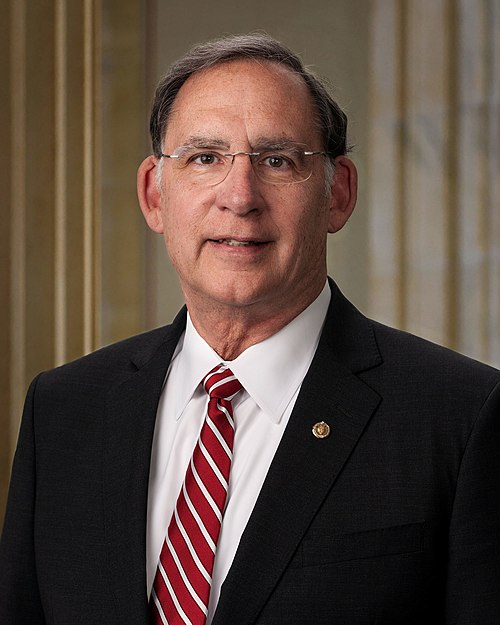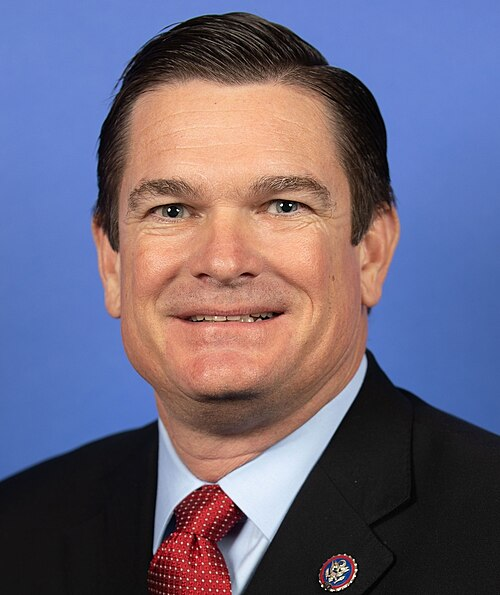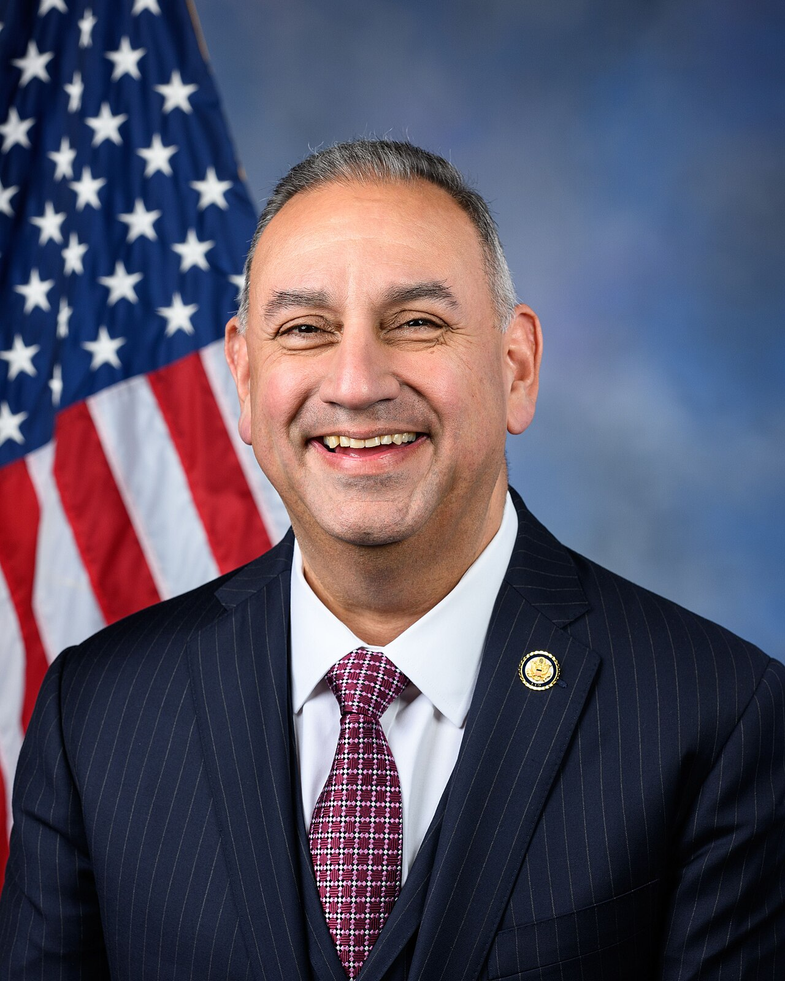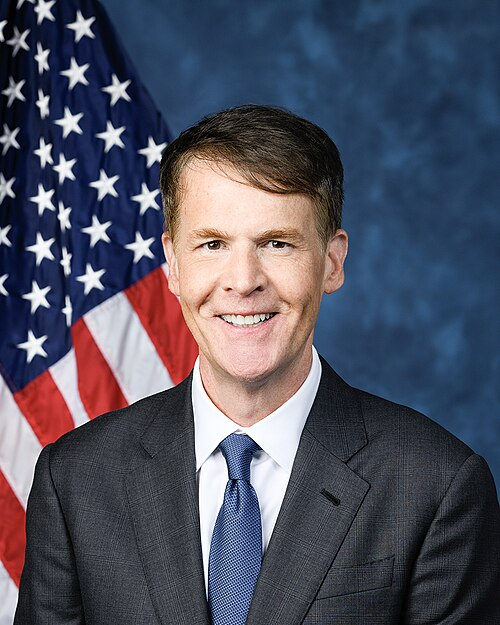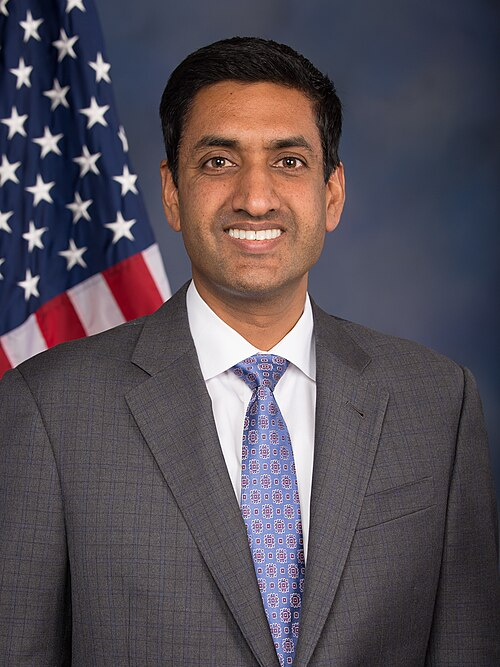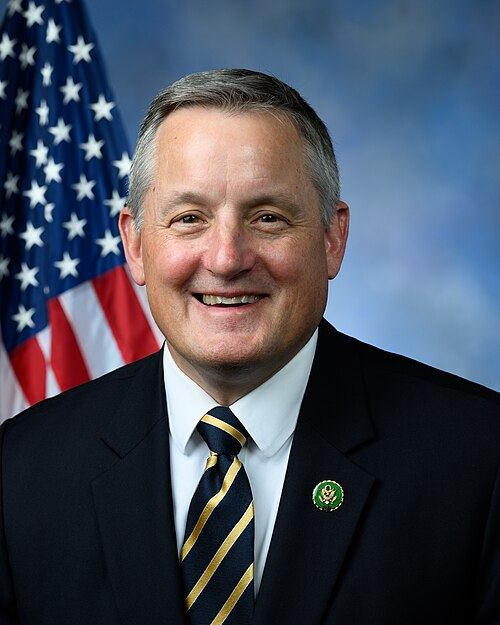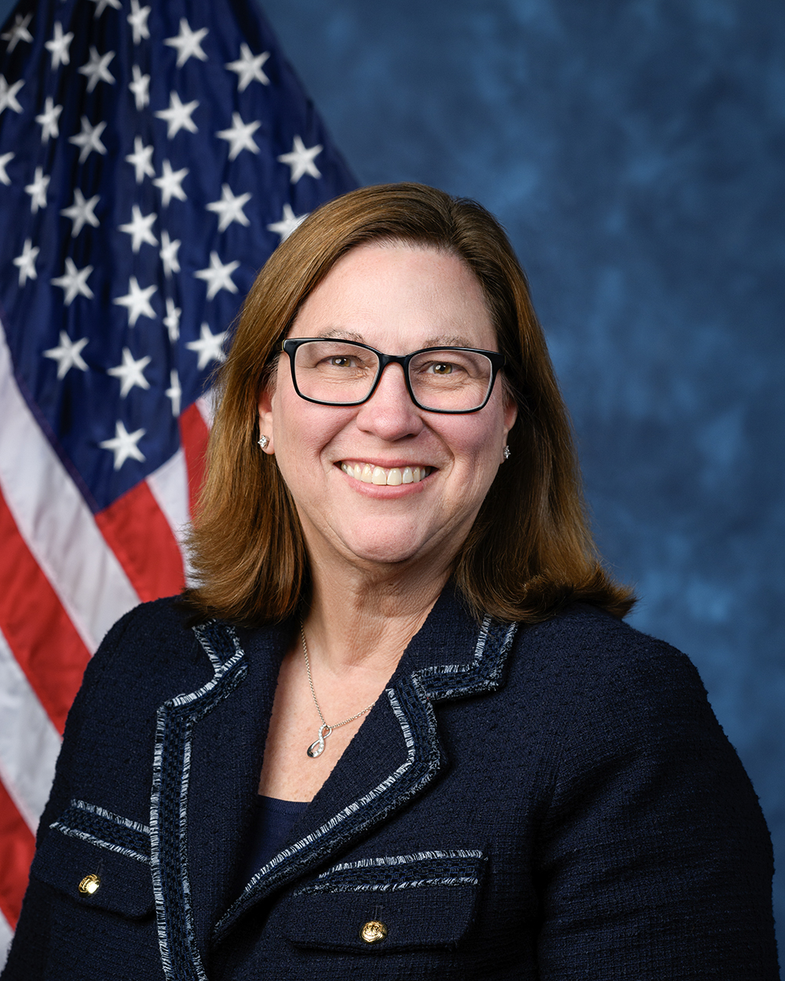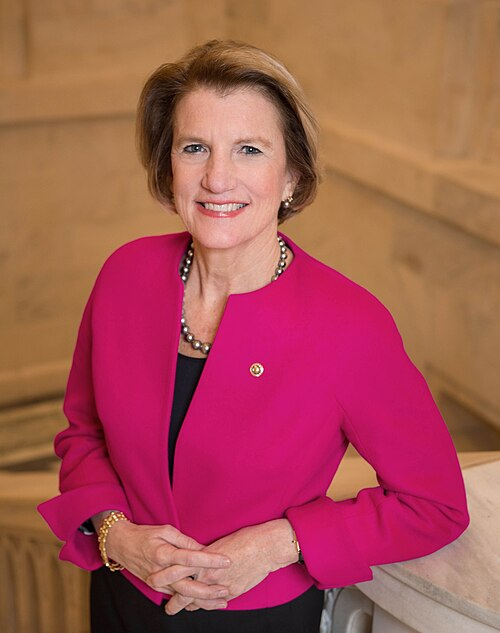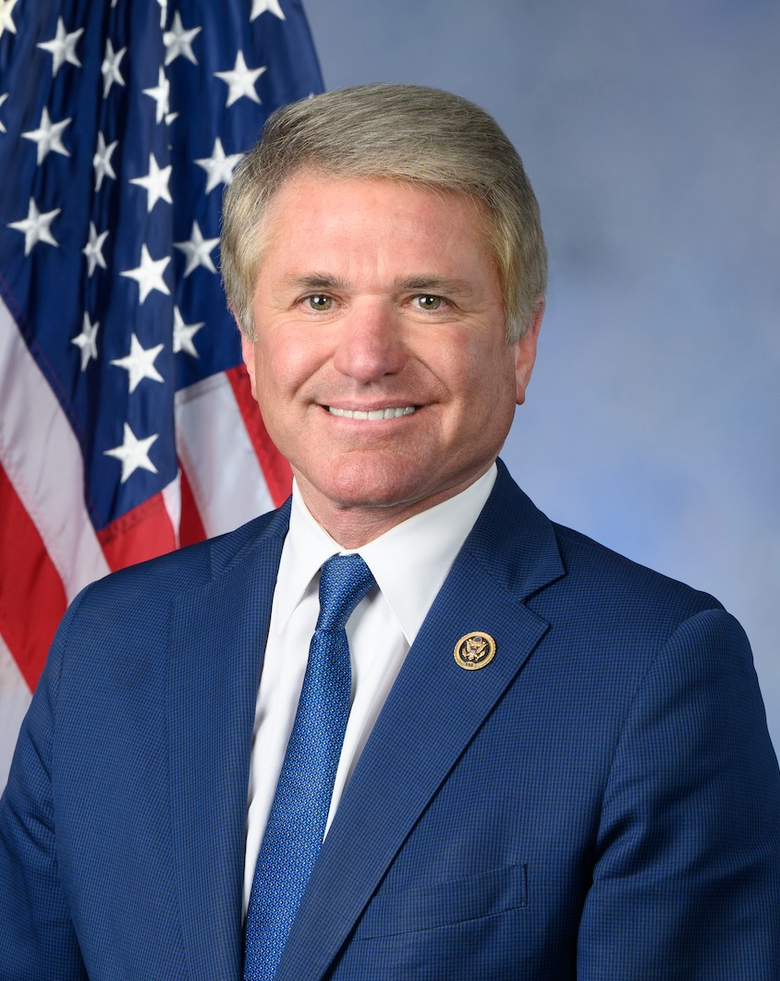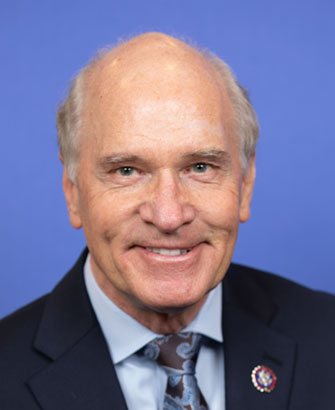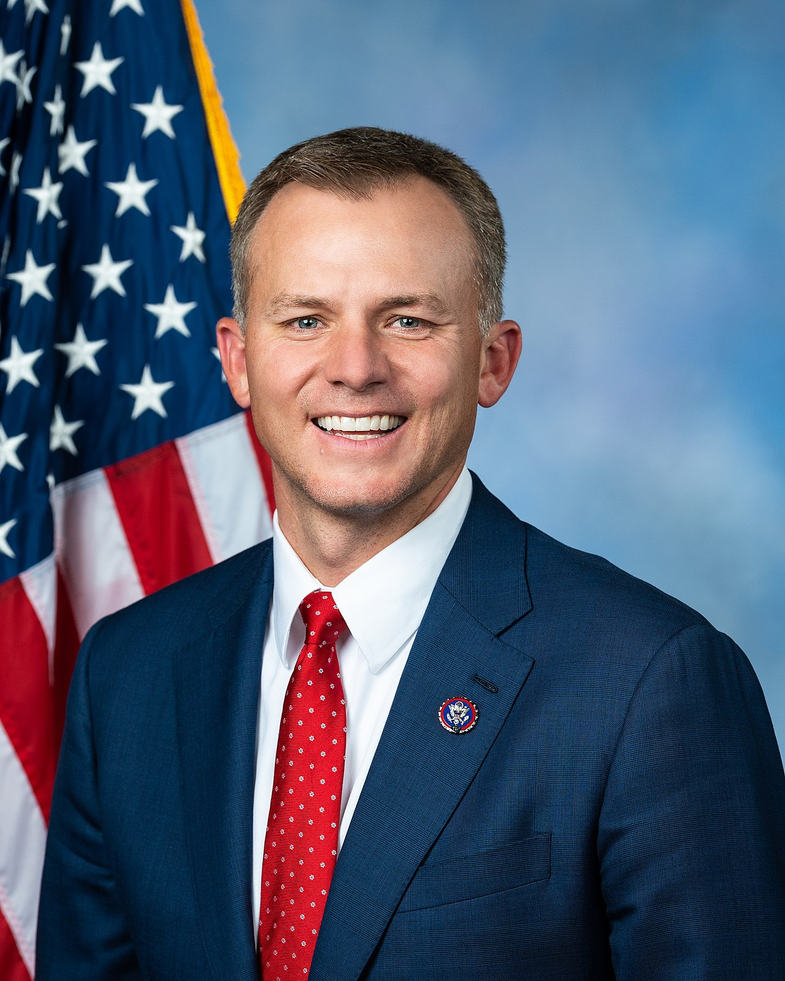H.R. 898: Aviation Noise and Emissions Mitigation Act
This bill establishes a pilot program aimed at researching and addressing aircraft and airport noise and emissions in communities located near airports. Here’s a breakdown of what the bill entails:
1. Overview of the Bill
The legislation is titled the Aviation Noise and Emissions Mitigation Act. Its primary goal is to create programs that monitor and research noise and emissions from aircraft and airports, which will help develop strategies to mitigate their impact on local communities.
2. Noise and Air Quality Monitoring and Research Grant Program
The bill requires the Environmental Protection Agency (EPA), in consultation with relevant federal agencies, to establish a three-year pilot grant program. This program will:
- Measure Noise and Emissions: Collect data on noise and emissions including greenhouse gases and air pollutants in areas near airports.
- Use Advanced Technology: Employ sophisticated methods to trace noise and emissions back to specific aircraft and airport-related sources.
- Focus on Communities: Identify specific neighborhoods impacted by noise and emissions.
- Replicable Program: Aim for a program that can be replicated nationwide for ongoing monitoring.
- Collaborate with Local Entities: Work with local health departments, clean air agencies, and community organizations to develop strategies for noise and emissions mitigation.
- Public Reporting: Provide regular updates and results of the monitoring program to the public.
3. Grant Allocation and Requirements
Eligible entities for receiving grants under this section include:
- Institutions of higher education,
- Non-profit research organizations,
- Health institutions, and
- Local governments with experience in aviation research.
Each grant can range between $2.5 million and $5 million over the three-year period. Recipients must submit annual reports detailing their findings, which will be made publicly available.
4. Mitigation and Support Services Grant Program
Following the completion of the noise and emissions monitoring program, the EPA will establish a second grant program focused on mitigating the impacts of aircraft and airport-related noise and emissions. This program will:
- Prioritize Disadvantaged Communities: Focus on communities that have been disproportionately affected by aviation noise and emissions.
- Engage Local Organizations: Require participation and support from local non-profit organizations and affected communities in project planning and execution.
- Utilize a Mitigation Strategy: Applicants must demonstrate how their projects address health and environmental disparities using data from the previous research.
5. Grant Utilization and Impact
Funds from the grants can be used for a variety of purposes, including:
- Implementing noise reduction measures in impacted households and communities,
- Providing health services and interventions related to the effects of noise and emissions, and
- Promoting environmental health services to support affected communities.
6. Duration and Reporting
The grants will last between three to five years. According to the bill:
- The EPA will provide annual reports to Congress documenting the grant programs' activities and outcomes.
- After three years, an assessment will evaluate the effectiveness of the program in mitigating noise and emission impacts, with input from grantees and affected communities.
Relevant Companies
- BA (Boeing): As one of the largest aerospace manufacturers, Boeing could be influenced by new regulations on aircraft noise and emissions standards as communities push for mitigation strategies.
- GE (General Electric): The company manufactures engines for commercial aircraft. Increased scrutiny and potential changes in aircraft emissions requirements could affect its operations and product lines.
- UAL (United Airlines): As a major airline, United may face increased operational costs or requirements to mitigate noise and emissions that could arise from this legislation.
This is an AI-generated summary of the bill text. There may be mistakes.
Sponsors
16 bill sponsors
-
TrackAdam Smith
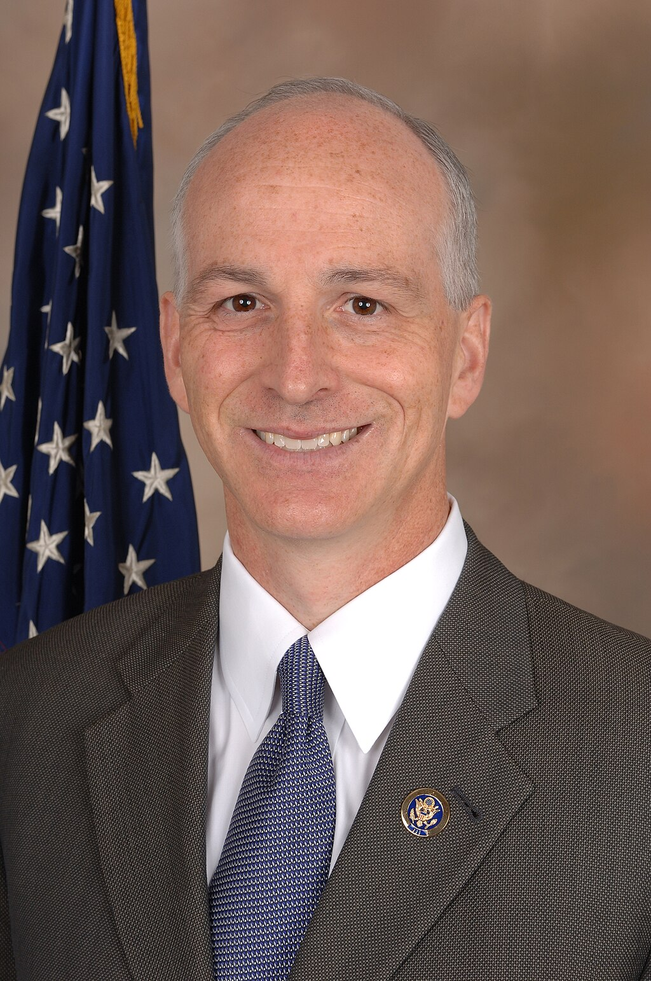
Sponsor
-
TrackSuzanne Bonamici
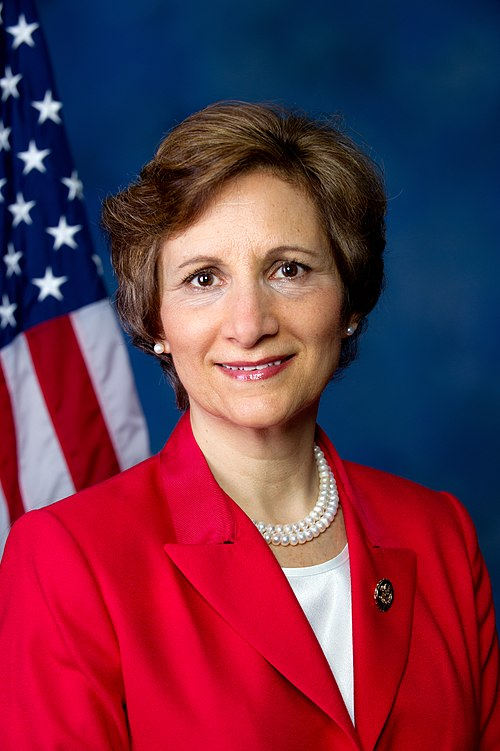
Co-Sponsor
-
TrackSuzan K. DelBene
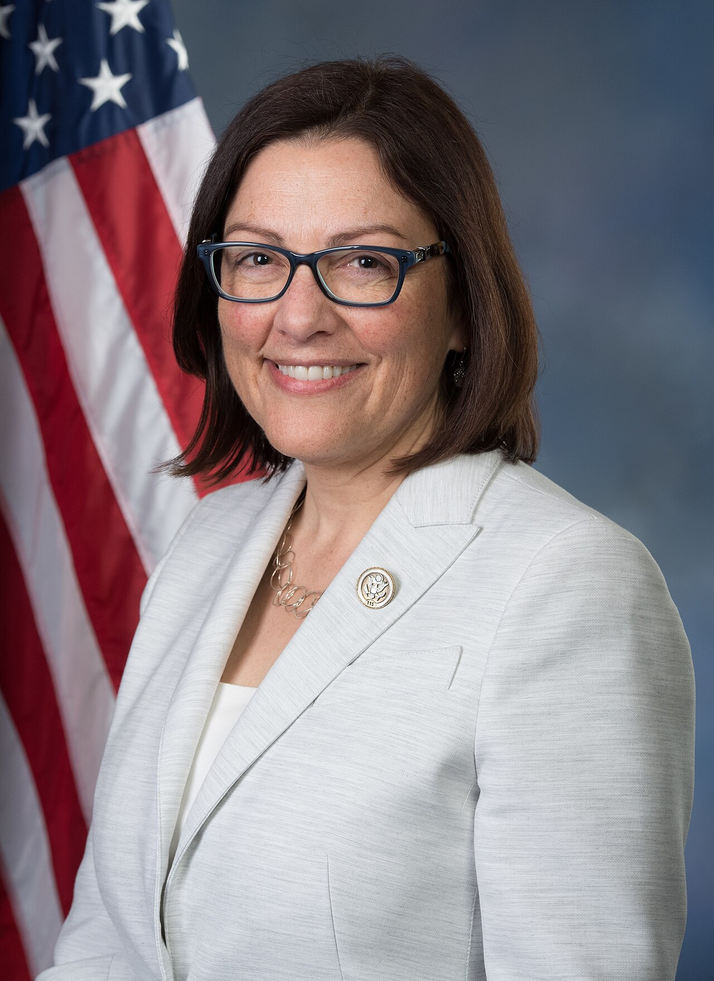
Co-Sponsor
-
TrackPramila Jayapal

Co-Sponsor
-
TrackMike Levin
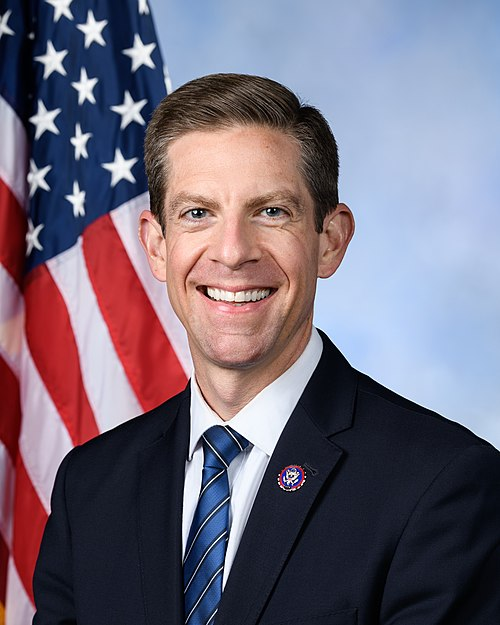
Co-Sponsor
-
TrackTed Lieu
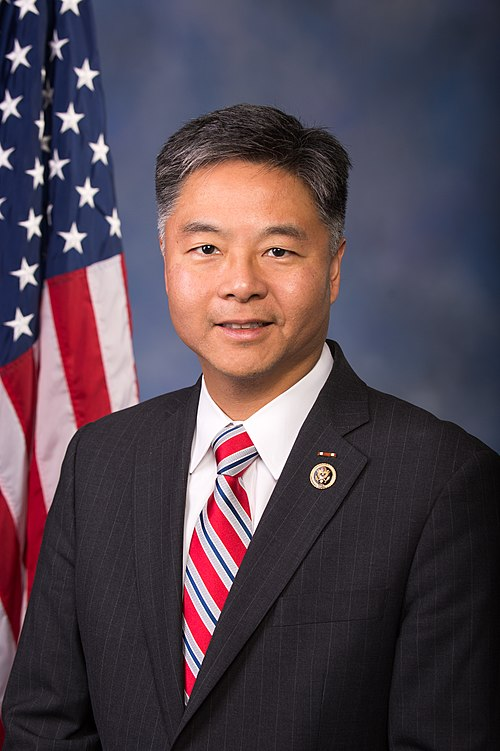
Co-Sponsor
-
TrackGrace Meng
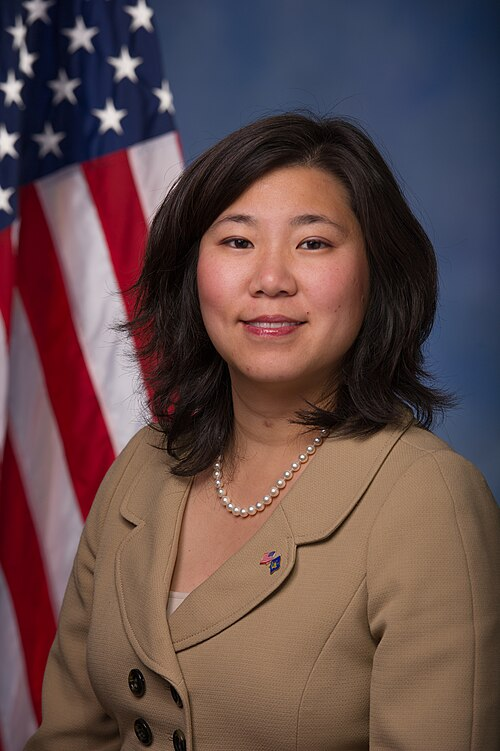
Co-Sponsor
-
TrackSeth Moulton
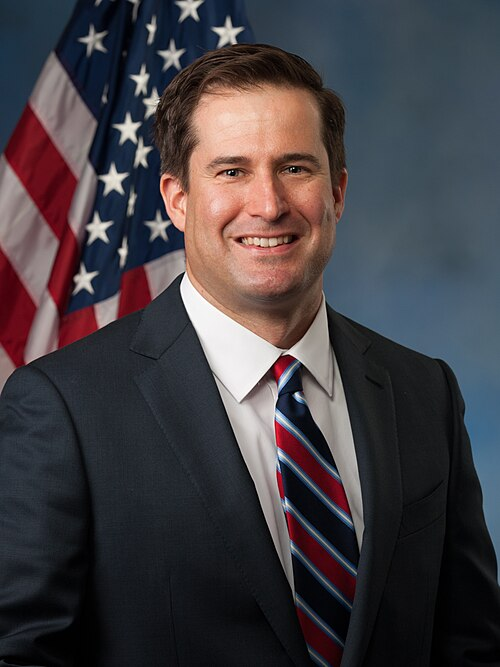
Co-Sponsor
-
TrackJoe Neguse
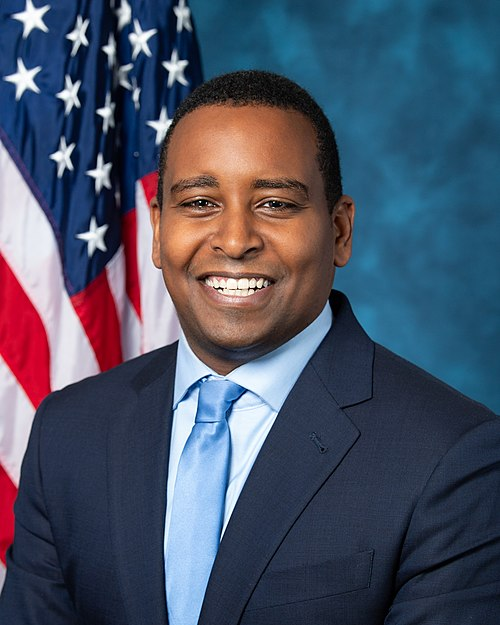
Co-Sponsor
-
TrackEleanor Holmes Norton

Co-Sponsor
-
TrackJimmy Panetta
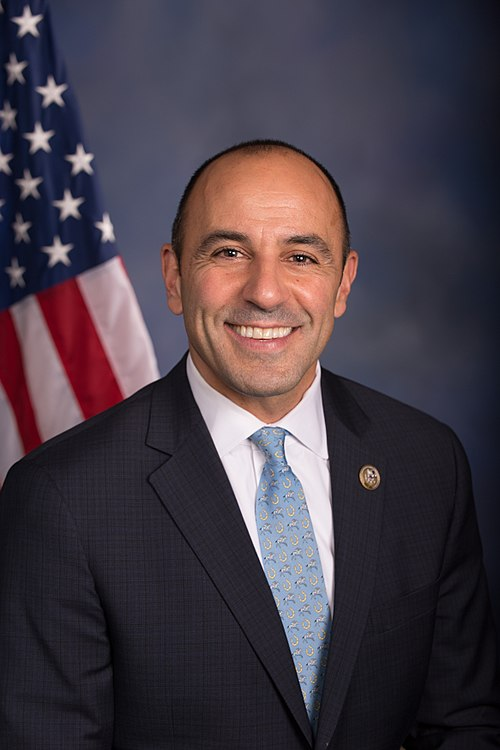
Co-Sponsor
-
TrackMike Quigley
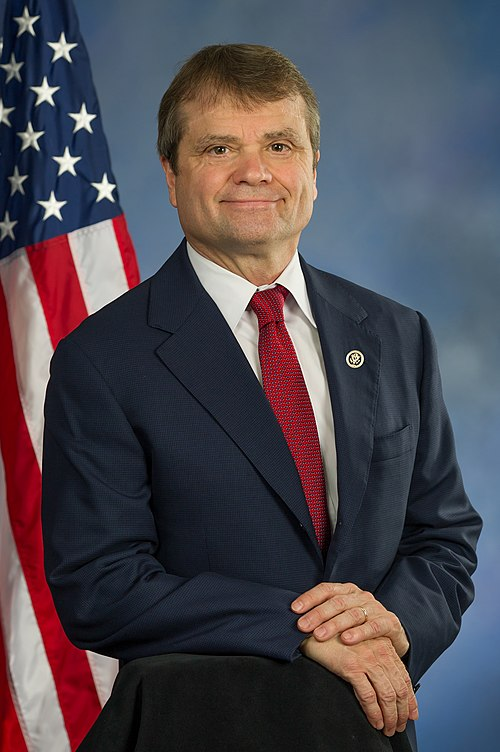
Co-Sponsor
-
TrackJamie Raskin
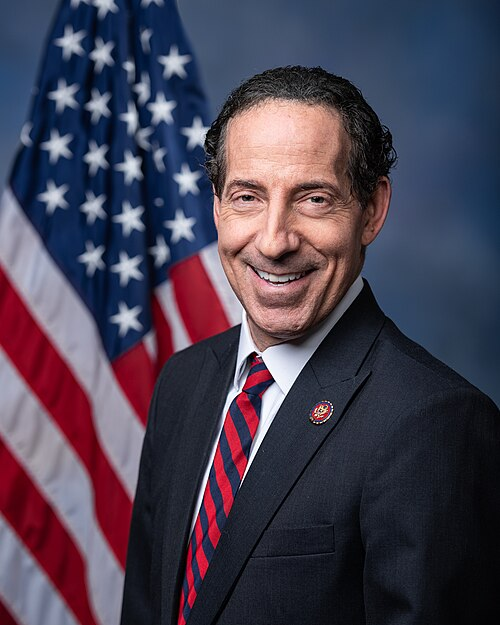
Co-Sponsor
-
TrackRaul Ruiz

Co-Sponsor
-
TrackJanice D. Schakowsky

Co-Sponsor
-
TrackThomas R. Suozzi
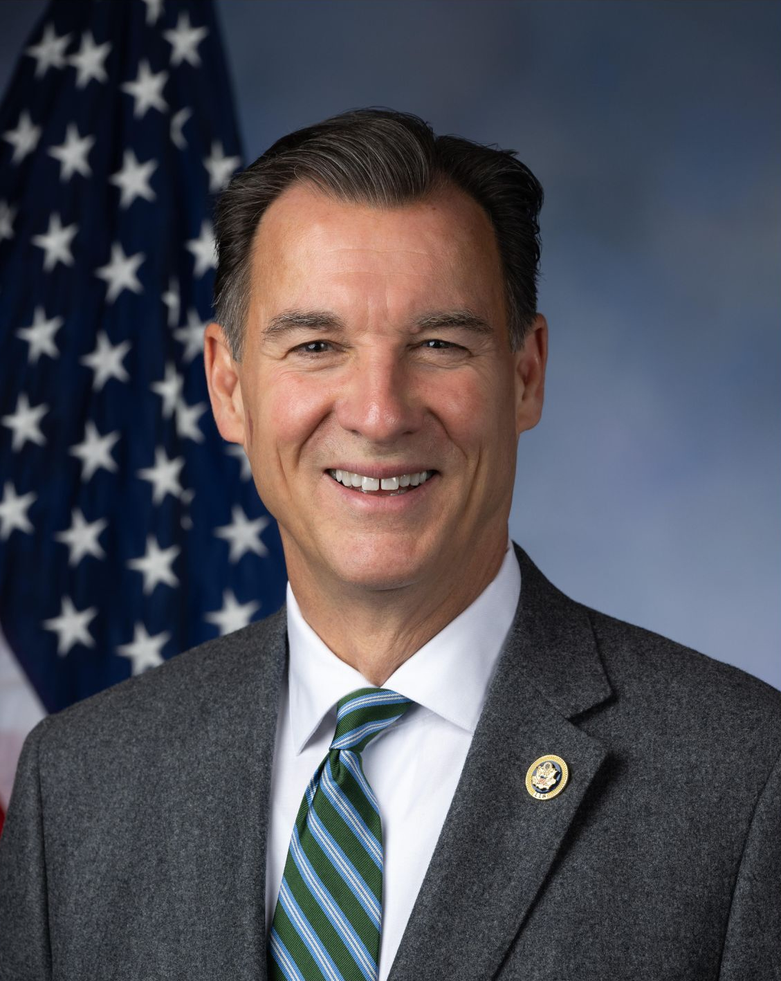
Co-Sponsor
Actions
3 actions
| Date | Action |
|---|---|
| Feb. 01, 2025 | Referred to the Subcommittee on Aviation. |
| Jan. 31, 2025 | Introduced in House |
| Jan. 31, 2025 | Referred to the Committee on Energy and Commerce, and in addition to the Committee on Transportation and Infrastructure, for a period to be subsequently determined by the Speaker, in each case for consideration of such provisions as fall within the jurisdiction of the committee concerned. |
Corporate Lobbying
0 companies lobbying
None found.
* Note that there can be significant delays in lobbying disclosures, and our data may be incomplete.
